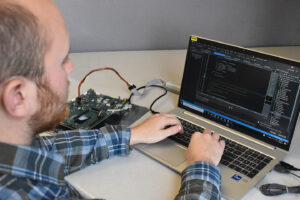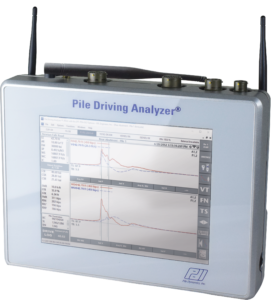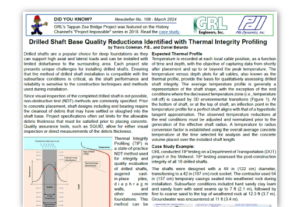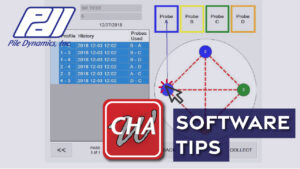How accurate is the Pile Integrity Tester (PIT) in determining foundation lengths?
Foundation length accuracy is dependent on wave speed accuracy. On low strain tests, like those performed with the PIT and the Acoustic Concrete Tester, wave speeds for good quality concrete vary between 3500 m/s (11,500 ft/s) and 4500 m/s (14,500 ft/s). When using an average wave speed of 4000 m/s (13100 ft/s) there is a possibility of reaching a maximum variation of +/- 12.5%.
Return to FAQs



